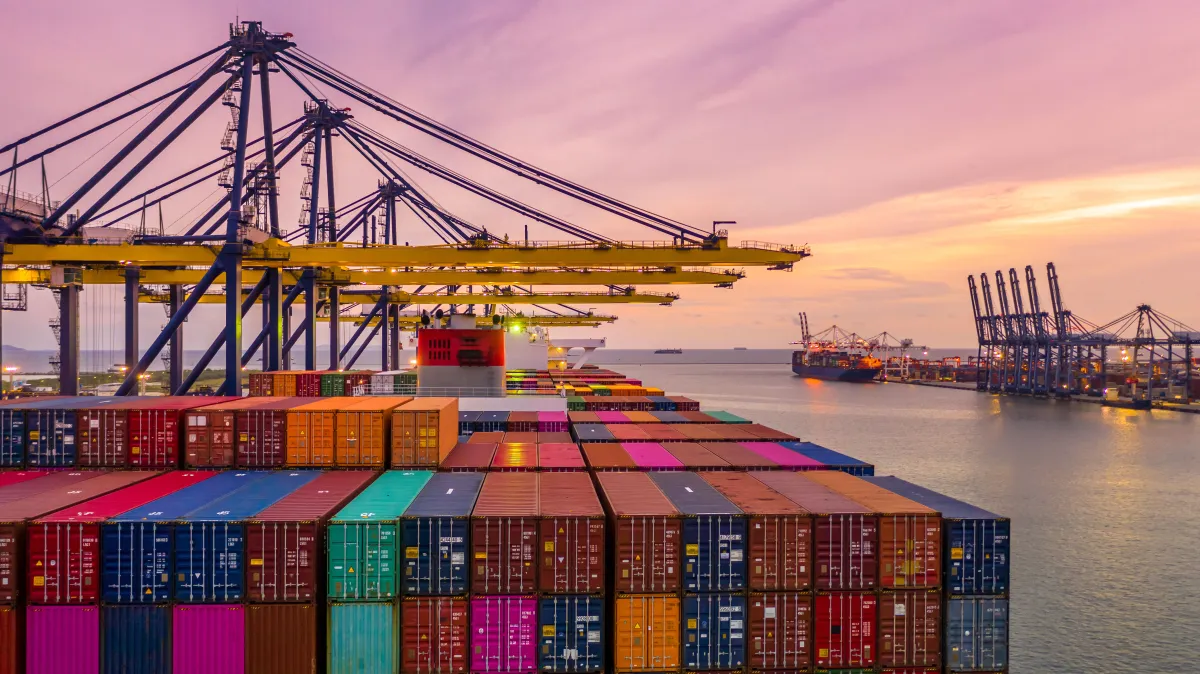
The development of Laem Chabang Port Phase 3 aims to increase the capacity to handle containers from the current 11 million TEUs (twenty-foot-equivalent units) per year, making it the largest and most important shipping port of Thailand in line with the country’s economic and trade expansion, supporting the development of the Eastern Economic Corridor (EEC) development plan.
Laem Chabang Port Development Project Phase 3, covering an area of 1,600 rai (256 hectares), includes the construction of a deep-water berth and other facilities, as well as the development of Single Rail Transfer Operator (SRTO) at Laem Chabang Port, construction of a coastal pier (Berth A), and improvement of facilities to resolve traffic congestion within the port. This includes the necessary network and continuous transportation system in and around the port to ensure adequate connectivity to the external infrastructure and readiness to accommodate the growing volume of ships and cargo.
The operational plan in Phase 3 is divided into four parts.
Phase 3 (Part 1): Marine Construction
It consists of dredging and sea reclamation, mud earth removal, rock embankment around the sea reclamation area, breakwaters, navigation aids, and floodgate construction.
Phase 3 (Part 2): Construction of buildings, berths, road systems, and public utilities
It consists of building construction, berth construction, coastal berth services, road construction, and infrastructure construction.
Phase 3 (Part 3): Rail transfer system construction
Phase 3 (Part 4): Procurement and installation of machinery and equipment for cargo handling, including the design and installation of information technology systems for port management and central infrastructure systems
It consists of procurement, assembly and installation of 10 machines for handling three types of cargo, including 2 port cranes, 6 semi-automatic electric rubber-tired gantry cranes and 2 rail-mounted gantry cranes. This includes the design and installation of information technology systems for port management and central infrastructure systems.
Upon completion of the Laem Chabang Port Development Project Phase 3, the container capacity will have increased from 11 million TEUs per year to 18 million TEUs per year, and the parking lot capacity will increase from 2 million cars per year to 3 million cars per year. This part of Phase 3 also includes the installation of an automatic container handling system to increase the proportion of freight by rail to 30%, as well as the development into the hub port of the Indochina region, a gateway port of the Mekong region to ensure that it is ready to become a truly world-class port when it opens for business in 2025.